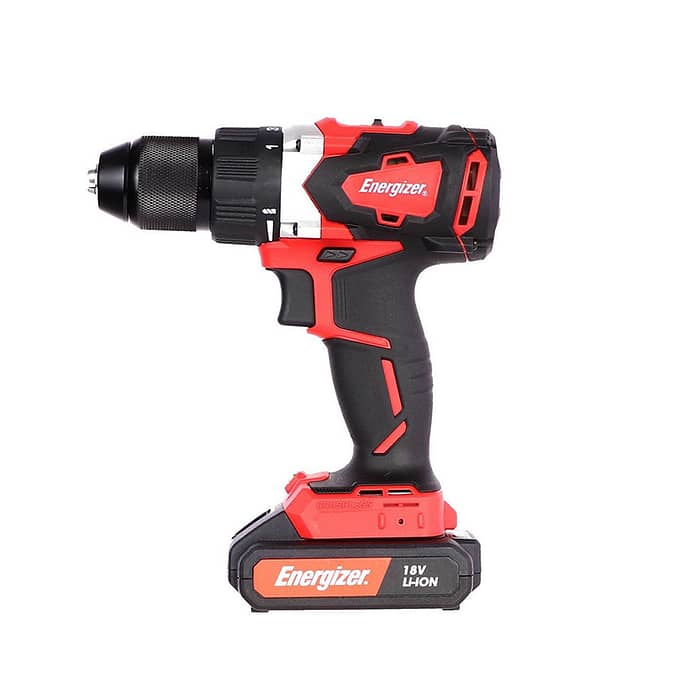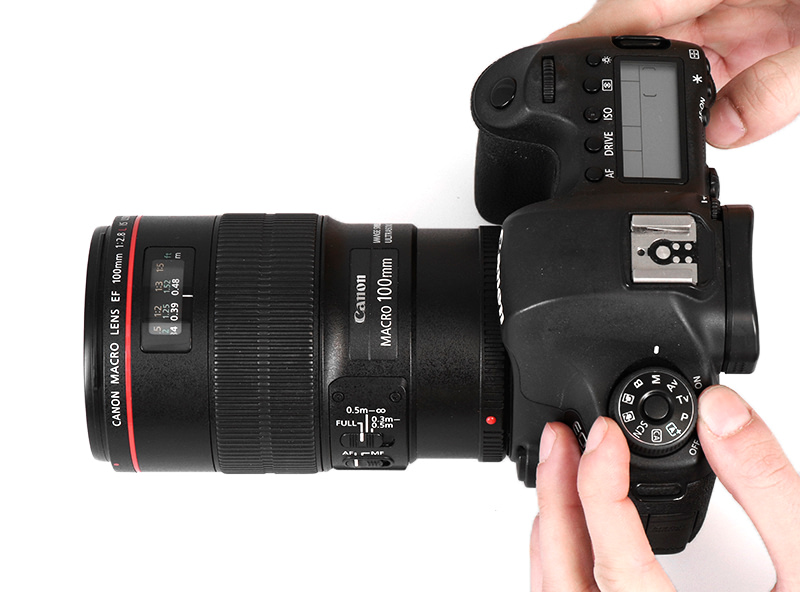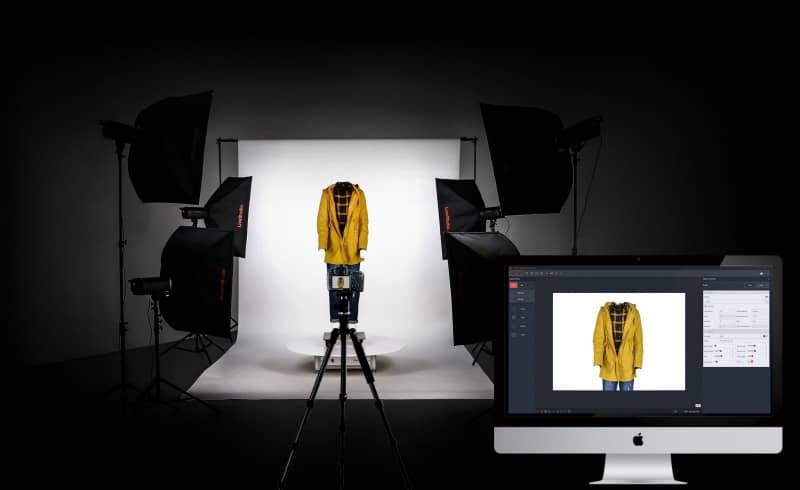7 keys to presenting your product factsheets
How should you present your product to have an optimal transformation rate?
A vital element which allows your clients to understand your e-commerce products
If your goal is to improve this rate, working on your products visuals is a great means of do so.
Producing an effective product factsheet will also allow you to attain two other important objectives:
- a better listing, and thus more visits;
- an increase in the average shopping cart, and thus more profits.

Key #1: Work on the content and the tone
You have a dual-objective: provide assurance and create desire.
It is important to allow your client to acquire all the information that he/she needs in order to answer questions he/she may have and – as this does not suffice – make him/her want to have the item.
For this, the first step is to properly identify your target and to adapt to it, regarding both the content and the tone that you use:
- If you are selling a finished product, the description figuring on the factsheet will primarily deal with its use.
- If, however, you are distributing semi-finished products, remain open so that your target stays involved, regardless of the context of its use.
Don’t hesitate to provide your prospect with a maximum of information about the product to increase conversion rate; he/she must be able to answer all of his/her questions, otherwise the search will be abandoned. The provided information will also be different depending upon the product’s production source, its provenance or origin.
For a product that you are selling in your own name, the tone can have an emotional appeal. However, for a product that you are distributing, the objective can be to distinguish yourself from the competition by providing more details on the product itself, its composition, etc. In any case, take advantage of this product factsheet to express yourself!
First, because if the visitor makes it all the way to the factsheet, that means his/her interest is already sufficient, he/she is ready to read what you have to say. Furthermore, beyond satisfying your client, content production in this factsheet will provide you with more visibility on search engines. The more content you have, the more chances you have of being seen.
Key #2: After the content, the form: take care of your presentation
Web users scan content much more than they read it. Thus, you must make it easy for them to read your content quickly. For this, here is our checklist:
- highlighted words (color, bold, etc.);
- titles and subtitles containing keywords, tagged in H1, H2, H3, etc. (SEO requirement);
- lists for further clarity;
- one paragraph per idea;
- simple, clear, and concise sentences;
- no promotional phrasing which could be counter-productive;
Adopt the technique of the inverted pyramid: start with the conclusion, go into detail little by little, then summarize.
Key #3: Insert your photos and product animations
On the internet, we can neither touch a product, nor analyse the material. The photo is the vector through which the web user is going to enter into contact with the product, represent it to himself, and interpret it.
To do so, he will certainly need multiple views of the product, with different angles, in action, with zooms on the product details, etc. For your visitors, this is the only means of discovering your merchandise on your website, of visualizing the material and the finishing. It’s a good way to boost your conversion rate!
An exemple of product animation with PackshotCreator:
On this matter, fittingly, here are a few “sure things”:
- The white background highlights your product.
- Constant and bright lighting allows for the promotion of your product.
- Solutions such as close-up shots, a magnifying glass, or even better, a progressive zoom are essential as they allow the web users to be as close as possible to your product. The progressive zoom is the solution which allows for streamlining your visitors’ user experiences.
- As with the choice of tone of your texts, be coherent, respect a charter for your site’s visuals. By opting for a style, a choice of formats, and presentation modes, you optimize your conversion rate.
The consumer 3.0 is evolving within spheres where digital technologies influence lifestyles more and more. To captivate their attention, it is essential to present them with innovative content and an absolutely perfect quality.
Key #4: Link videos
Rich media has become indispensable to the attractiveness of your site. Read the example of Premium Watch e-commerce watches e-commerce
Diffusing video produces engagement and is becoming vital to a winning marketing strategy. The trends are a testament to this: video should represent about 90% of internet traffic in 2017 (source Cisco). So there it is! It suffices to find a simple storyboard idea. The essential is to place your products in action, to see them being used, to understand their application.
That said, be careful: these videos must not be too long, otherwise the web users will lose interest. And this format is not interactive. Easy to produce, it does not replace an animated product visual with which the web user can interact, from simple magnifying to zooming, or even entirely manoeuvrable 3D formats.
Key #5: Opt for 3D!
3D represents a huge advantage over your competitors. This format is still used very little in the world of e-commerce; it’s therefore a potential differentiating factor. As video presentation, 3D allow your client to be as close as possible to the product.
He/she will thus be able to manipulate the product and will have the impression of touching it. Touch is not a negligible sense in the marketing domain, as it allows us to form an opinion on a product, to discover it. Numerous studies in consumer psychology show that touch is related to the appropriation of a product; the more we touch an object, the more we appropriate it and want it.
Therefore don’t let the screen create a barrier between your buyers and your products. You can even go farther and come even closer to the ‘real’ with an interactive simulation. No fitting room? No problem, 3D is the solution!
Furthermore, this format is a simple knot of points. This means that it is the best wealth of information/file size ratio. It is thus an extremely practical format to display, regardless of the output, the bandwidth, the device, etc. It allows you to optimize loading times all while displaying an extraordinary quality for your products visuals.
Key #6: Adopt the right technologies
This is obvious but often a real sticking point: the technology must facilitate the buying experience and streamline it. Here are a few tips:
- In order for your photos to load quickly on your site without lowing the quality, export your raw files to the format .jpg compressed to 70-80%. This recommended level of quality can vary according to the image, but it is unnecessary to export a raw file at 100% since the difference will not be noticeable to the naked eye, whereas the file size will be considerably larger.
- Opt for progressive zoom solutions which guarantee an ultra-fast loading time through an intelligent image distribution. These solutions are based on the use of a large collection of files of different sizes and resolutions. Thus, when you zoom in on a precise zone, only the zone of the image at the right resolution is called upon.
- Use a single presentation frame for all your files so that your visitors find, from one page to another, when they want to compare multiple products, the same features in the same places. There now exists automated solutions which allow you to standardize your photos.
- Limit the use of pop-ups for opening your files or photos. First, because they complicate the navigation or sharing. Second, because they penalize you regarding your listing.
- When you offer to your visitors solutions based on interactive visuals, keep it simple and adopt the standards. Use the animation format HTML5.
Key #7: Think big
The concept of cross-selling, associated with a recommendation engine, allows you to propose, at the bottom or on the side of the page, other products which may interest your visitors. You thus increase your chances to make your clients’ shopping carts grow…as well as your turnover.
Once again, photos play an essential role…and avoid speeches! These snapshots can be at the center of your marketing strategy in order to encourage a visitor to pursue his/her purchases naturally. Likewise with the purchase suggestions (additional sale): all while remaining within the idea of offering new products, you can put in place a suggestion system which completes the ongoing purchase offer. This can even be a sales argument. There again, photos are central to the device.
Think big, integrate as well web-user reviews: these references allow visitors to form an opinion, to go further, and to build confidence regarding the item. The efficiency is formidable, but it remains a system which needs to be closely monitored (moderation of content) and on which you will need to spend some time and/or to which you will need to devote resources.
In conclusion
By respecting a few basic rules regarding content and form, you are armed with what you need to produce your product catalogue completely autonomously.
Read also :
The timeless Jumbo games and toys lightened up by PackshotCreator
BARTEK showcased its famous kid shoes with 360-degree animation
Become the photographer of your products
Other posts you might be interested in :

Can one take good product photos without good material?
It’s not entirely sure that the material makes the photographer, but it certainly contributes…at least in part!

Boost your conversion rate: 4 mistakes to avoid
Photos represent the first factor prompting a purchase from online consumers, followed by visuals technical details and product descriptions, then by online client reviews.

E-commerce: 6 practices to boost your conversion rate
It’s a tall order: persuading your prospects to purchase a product without having previously handled it. We need to touch and see in order to appropriate an object, and thus desire to have it.
